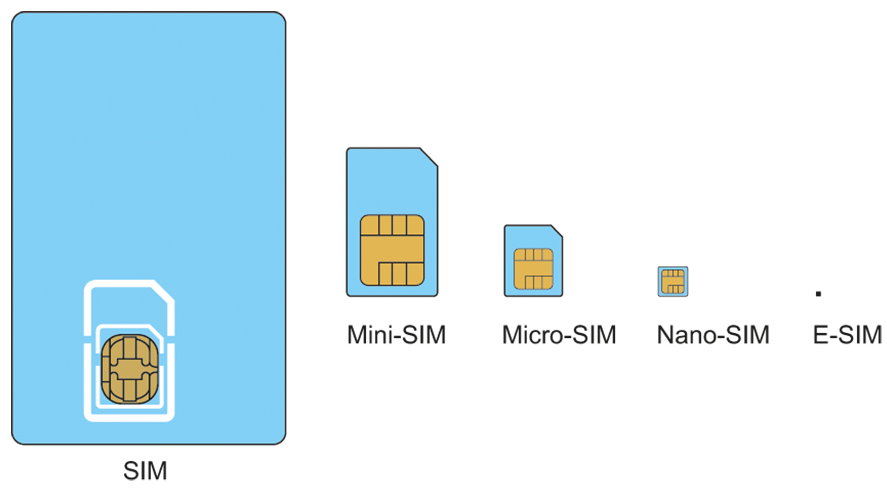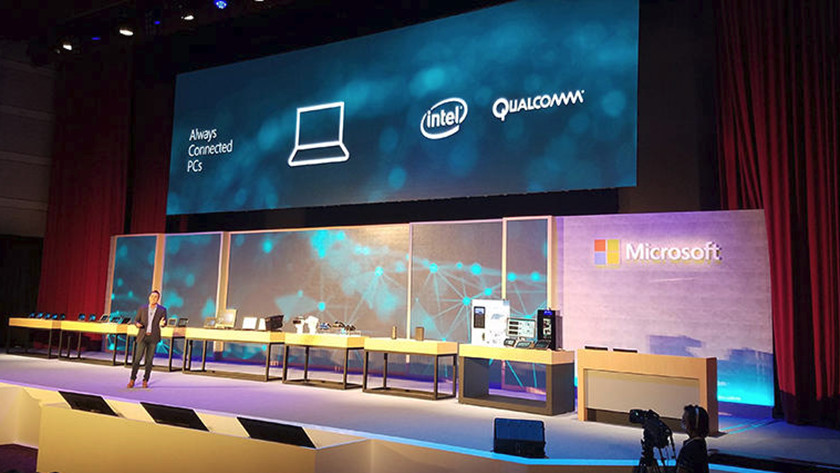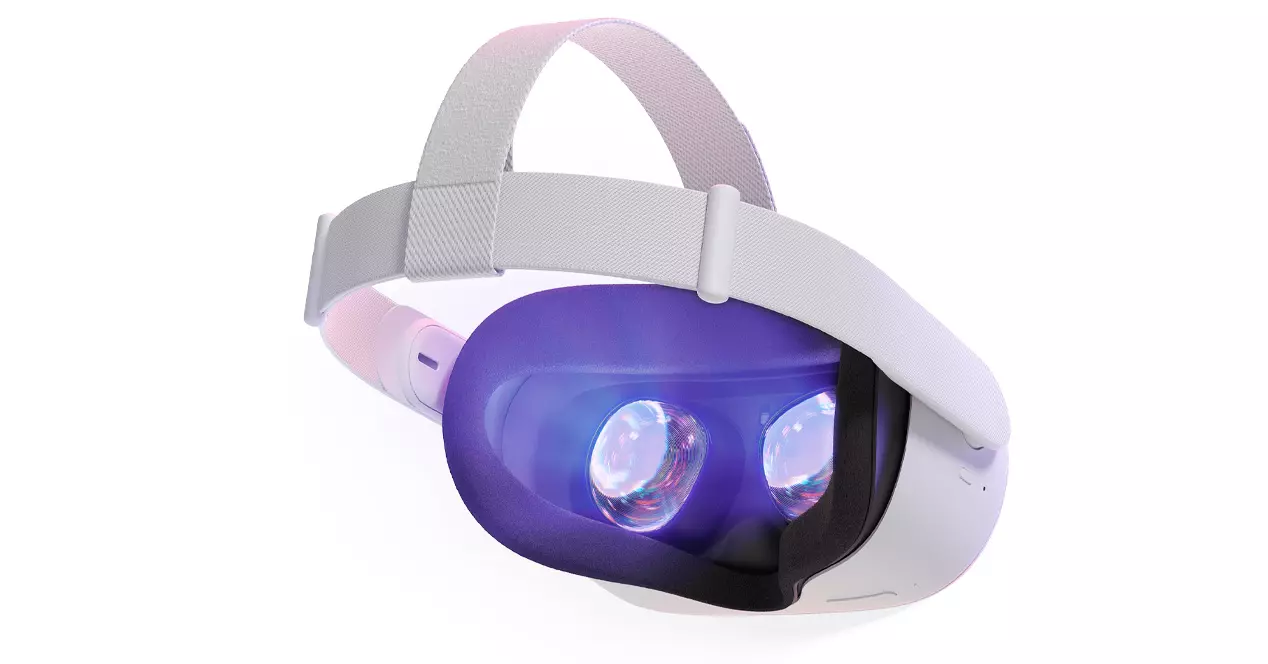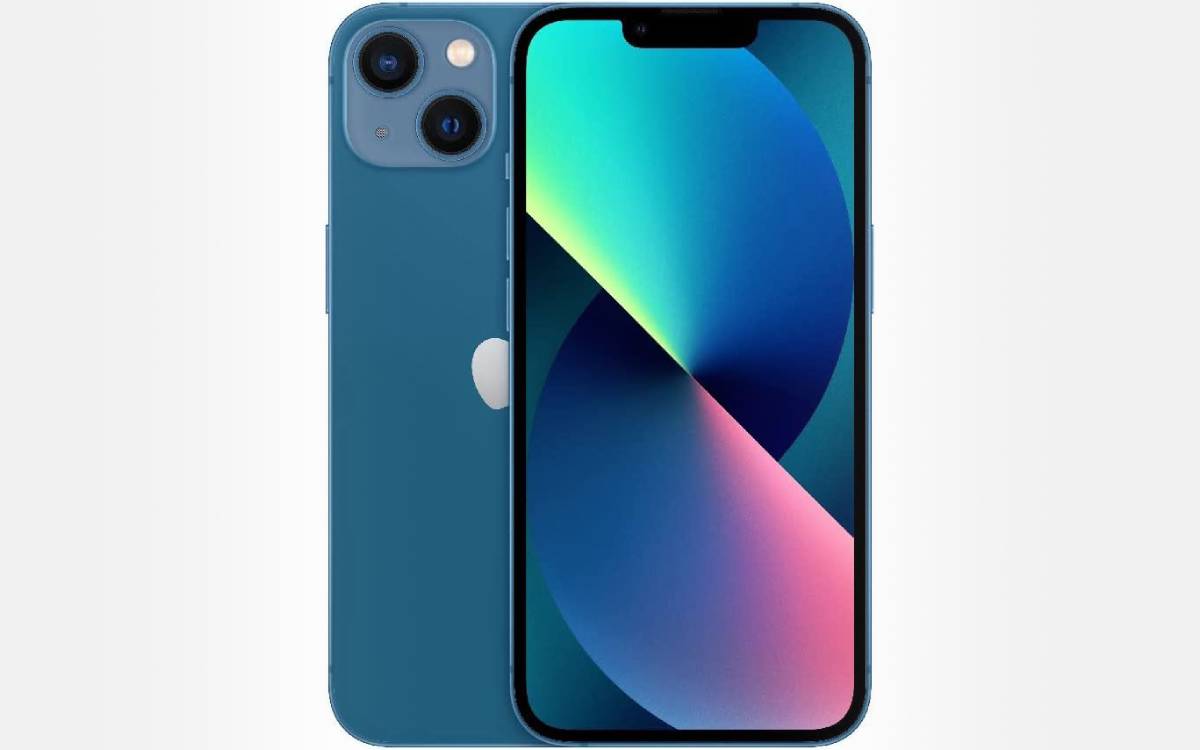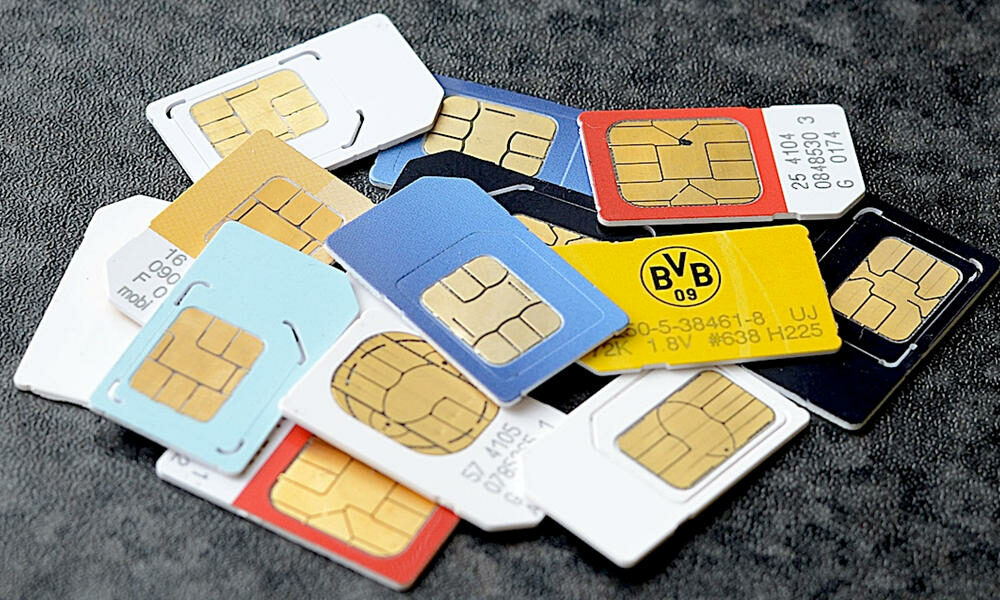
iPhone 14, the new generation of smartphones announced this week by Apple, will be the first in the industry to completely exclude support for physical SIM cards that have been with us for decades to connect to GSM networks and be able to access their communications services. Failing that, the new iPhones will use eSIM, in a bet that all major manufacturers will surely follow.
‘Apple is Apple’ for good and for less good and has a habit of aggressively removing functions in the name of “innovation and progress”, although some of them have not been able to avoid criticism that places this strategy on “commercial” motives ». Apple has a long history of it. They removed the DVD drive from Macs when optical drives were still popular, removed HDMI and MagSafe from MacBook Pros (before bringing them back).
In mobile phones, they were the first to eliminate the audio jack, microSD cards or removable batteries, and also to “drill” the screen to place the front camera. More recently they struck down the charger and headphones that were usually always delivered in the new devices.
And now it’s time for physical SIMs. Bearing in mind that Apple’s influence is colossal and that it sets trends with everything it does, especially on mobile devices, you can be sure that all manufacturers will follow the marked path and in future generations they will eliminate SIM cards. We put you in a situation of what it can mean.
eSIM vs. SIM
SIM cards (Subscriber Identification Module) are mandatory to access GSM mobile networks, the most used, and are provided by telecommunications operators when we contract communications and Internet services with them. These cards are removable, they can be removed and put on the mobile (they are removable) and are available in four sizes, from the largest original SIM to the rest of the available formats, mini, micro and nano, the smallest.
The SIMs use a light operating system customized by the manufacturers themselves or based on Java and their main objective is to store specific information of the network used to authenticate and identify subscribers in it. They also have some other functions such as the list of contacts or numbers and in recent years the most advanced ones support near-field contact technology, NFC.
A few years ago GSMA, the association that brings together the main operators and manufacturers of mobile devices, announced the future replacement of SIMs, but not without first talking to the big players in the industry such as Apple and Samsung who agreed on the need for a more efficient method. modern. This is how eSIMs emerged, virtual SIMs that have a much higher potential than SIMs and relevant advantages in various fields.
To start with its own design, since as you know eSIMs are included as a factory inserted tiny chip on device boards. Simply, you are Embedded SIM they embed the circuitry of a removable SIM permanently into a mobile’s chipset. In this way, the user does not have to go to a store to buy his SIM (or wait for it to arrive in the mail) when he changes operators.
Portability can be much faster, as can additional service contracting, easier after a simple setup routine (an operator QR code) that allows a mobile device to join an operator’s network without the need of a physical SIM card.
In addition, the virtual SIM data is stored in the cloud, making it easy to use on multiple devices by simply entering the user’s credentials. And potentially, multiple telephone numbers and services can be used, and from several operators, expanding the advantages that we currently obtain with a double SIM, but in a big way, for example for obtain different professional and personal profiles or different services for voice and data.
In addition, it must be remembered that all these features can be extended to other devices that are not smartphones, from wearables to what is coming from the Internet of Things and of course in PCs to achieve the concept of “always connected” thanks to the eSIM and advanced networks like 5G.
Does eSIM have disadvantages?
If the aforementioned advantages are compelling, there are also some problems that can arise from its use and the first is that there are smaller Internet service companies that are going to be left out of the game because they do not yet support eSIM. And there are many users who use these low cost ISPs.
The absence of a physical SIM slot will be especially problematic when you want to sign up for a prepaid mobile account. to use in another country while traveling, as it is often much cheaper than relying on your cell phone provider. These options are generally used with physical cards and therefore will not be possible with the new Apple mobiles. In theory, because it remains to be seen how they end up being implemented.
All Apple terminals since the iPhone XR of 2018 have support for two SIMs, a physical nano-SIM and an eSIM. Google terminals from Pixel 2 and the most recent Samsung Galaxy are also compatible, but with the iPhone 14 line Apple is the first to completely skip the use of the physical SIM. The truth is that someone had to take the definitive step to promote eSIMs, with some aforementioned problem, but with many more advantages.
Get ready because surely all mobile manufacturers will follow this strategy in the short term. Most of the large telecommunications operators support eSIM and there should be no major difficulties in making the final transition. Neither in mobile operating systems with iOS 16 and Android 13 that will include support for multiple MEP profiles in a single eSIM and with this we will be able to connect to several different operators at the same time.
